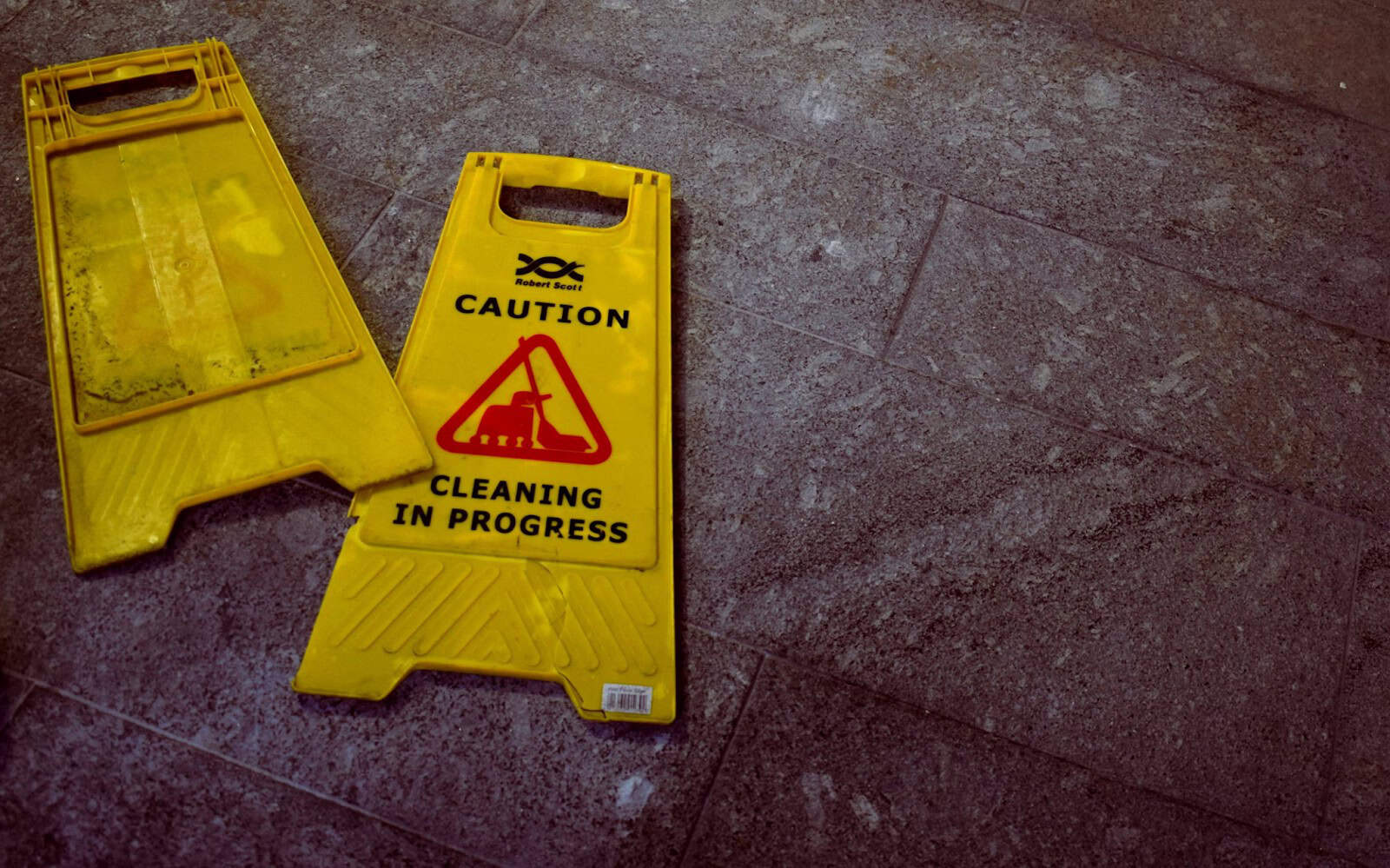
How exactly do workers’ compensation laws influence workplace safety measures?
The functions of workers’ compensation laws go beyond financial support for injured employees because they motivate employers to establish safer workplace environments through proactive safety protocols.
Proper knowledge enables both employers and employees to utilize these systems to create safer workplaces that boost productivity while reducing expenses and injury rates.
What You’ll Discover:
- The Fundamentals of Workers’ Compensation Law
- How These Laws Encourage Workplace Safety
- Latest Trends Affecting Workers’ Compensation
- Key Strategies for Employers to Reduce Claims
- The Role of a Workers’ Compensation Lawyer
The Fundamentals of Workers’ Compensation Law
Workers’ compensation operates as a no-fault insurance program which safeguards employees and employers during workplace injury incidents. The system offers both medical benefits and wage replacement to injured employees while protecting employers from expensive legal claims.
The concept is straightforward: Workplace injuries entitle employees to guaranteed benefits without regard to fault but require them to waive their right to file negligence lawsuits against their employer.
Each state operates its own workers’ compensation system which follows unique rules and offers distinctive benefit structures. The fundamental goal of all jurisdictions’ workers’ compensation systems is to establish a fair framework which safeguards employees and gives employers a predictable financial outlook.
You can gain comprehensive knowledge about your rights and secure your state-specific benefits by consulting a workers compensation lawyer out of Bakersfield or reaching out to legal experts in your local area.
How Workers’ Compensation Laws Encourage Workplace Safety
Workers’ compensation systems demonstrate their effectiveness through their inherent ability to drive safety enhancements without dependence on continuous regulatory supervision.
Experience Rating Systems
The majority of workers’ compensation insurance programs implement an experience rating system which bases premiums on the claims history of each company. Businesses with higher accident rates pay increased premiums while those with fewer injuries receive lower premium rates.
Employers receive direct financial benefits from safety investments because each prevention dollar spent saves multiple dollars from premium hikes.
Cost Visibility
Workers’ compensation reveals the actual financial impact of workplace injuries to business leadership. Decision-makers now recognize safety as a concrete financial issue because workplace injuries affect their company’s profits.
The annual increase of worker compensation costs by 3.6% for civilian workers (Q1 2025) drives companies to implement better safety measures to manage expenses.
Focus on Prevention
The system motivates organizations to transition from reacting to injuries towards proactive prevention measures. Employers receive incentives to find and remove hazards before accidents occur instead of only dealing with injuries afterward.
Latest Trends Affecting Workers’ Compensation
Businesses that understand existing trends can better foresee industry changes and adjust their safety methods accordingly.
Rising Medical Costs
The rising rate of healthcare inflation surpasses general inflation levels which results in added strain on workers’ compensation systems. Projected healthcare costs for each employee surpass $16,000 each year by 2025 which rise at a rate of 9% annually making medical aspects of workers’ compensation claims more costly.
Focus on Mental Health
Workers’ compensation systems have significantly broadened their mental health coverage offerings. In 2025 numerous states acknowledged workplace-related mental health conditions by introducing new PTSD and trauma-related coverage mandates.
Workforce Stability Changes
The labor market’s evolution includes lower turnover rates during 2024 when compared with pre-pandemic statistics. The consistency of experienced workers in workplaces leads to fewer injuries but also creates safety risks due to potential worker complacency.
Key Strategies for Employers to Reduce Claims
Intelligent employers actively work to minimize workers’ compensation claims instead of treating them as unavoidable business expenses. Businesses implement strategic safety initiatives to actively lower their workers’ compensation claims.
Implement Comprehensive Safety Programs
An effective workplace safety approach requires a structured safety program with comprehensive documentation that includes:
- Employers should conduct routine safety training sessions that are customized for each specific job function.
- Clear safety protocols and procedures
- Systematic hazard identification processes
- Documentation systems for near-misses and incidents
Businesses with established safety programs see workplace injuries fall by up to 40% compared to organizations without these programs.
Promote a Culture of Safety
An organization must build a safety culture throughout all levels beyond formal safety programs to achieve success.
- Leadership visibly prioritizing safety in decisions
- Recognizing and rewarding safe behaviors
- Organizations should establish a safe reporting environment where employees can notify supervisors about potential hazards without the fear of facing negative consequences.
- Involving workers in safety planning and decision-making
Early Return-to-Work Programs
Structured return-to-work programs represent one of the most effective methods for decreasing workers’ compensation expenses.
- Assist workers who are injured to resume modified tasks the moment their medical status permits.
- Reduce the duration and cost of claims
- Maintain the employee’s connection to the workplace
- Improve morale and prevent disability mindset
Research indicates workers who stay away from their jobs for six months or longer have just a 50% probability of returning to their positions.
Invest in Ergonomics
As private industry worker salaries experience a 3.8% annual increase in Q1 2025, the cost of losing productive staff due to preventable ergonomic injuries grows significantly. Implementing straightforward improvements such as adjustable workstations and proper lifting equipment leads to substantial safety enhancements.
The Role of a Workers’ Compensation Lawyer
When injuries happen despite prevention efforts employers make understanding legal rights and responsibilities becomes essential for everyone involved.
For Injured Workers
A workers’ compensation lawyer can secure your legal benefits while stopping insurers from closing your claim too soon and will fight denied claims in hearings and settlement talks.
For Employers
Legal expertise assists employers by offering advice on creating compliant safety policies and defending against fraudulent claims while developing legally sound return-to-work programs.
Analyzing how workers’ compensation laws affect workplace safety reveals multiple dimensions of their impact.
Workers’ compensation laws demonstrate their impact on safety through various observable outcomes.
- States that maintain comprehensive workers’ compensation systems demonstrate reduced rates of workplace injuries.
- The economic effects of these systems reach beyond single businesses to encompass the entire economy.
- The development of safety technologies has gained momentum through financial incentives established by these laws.
- The forecasted annual growth of healthcare spending by 5.4% until 2028 strengthens the argument for increased safety investments.
Moving Forward: The Future of Workers’ Compensation
The evolution of workplace environments requires workers’ compensation systems to adjust their approaches to address new challenges.
- Remote work considerations and home office safety
- Modern workplace safety now includes integration of wearable technology together with AI systems to perform risk assessments.
- Evolving regulatory requirements and expanded coverage options
Final Reflections: Why Workers’ Compensation Matters
The adaptability of workers’ compensation laws has remained impressive throughout their more than one-hundred-year history. The original strategy of workers’ compensation systems which balances safety incentives with support for injured workers continues to be effective even now as when they were established.
The evidence is clear: Well-crafted workers’ compensation systems function as preventative mechanisms rather than simply reacting to workplace injuries. The cycle of enhanced workplace safety results in fewer injuries while reducing premiums and freeing up resources for further safety improvements.
To understand the way these laws affect safety practices and remain up-to-date with changing requirements enables employers and workers to establish workplaces that exceed legal standards and truly enhance safety for all.







